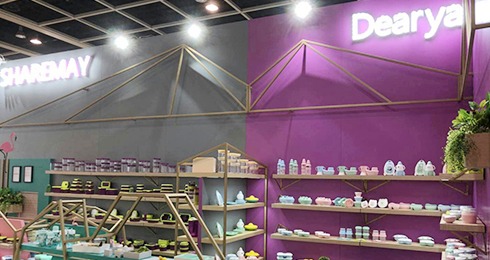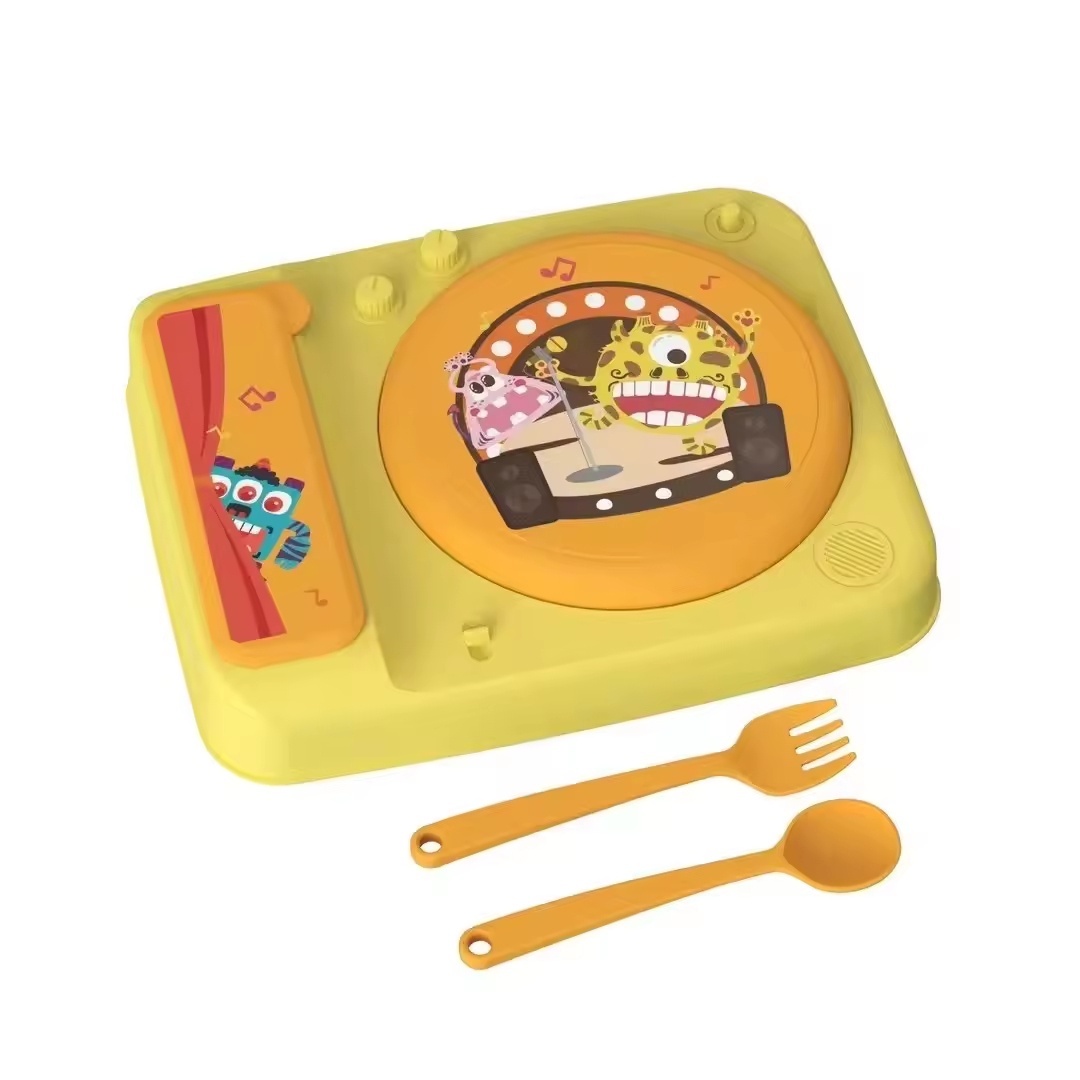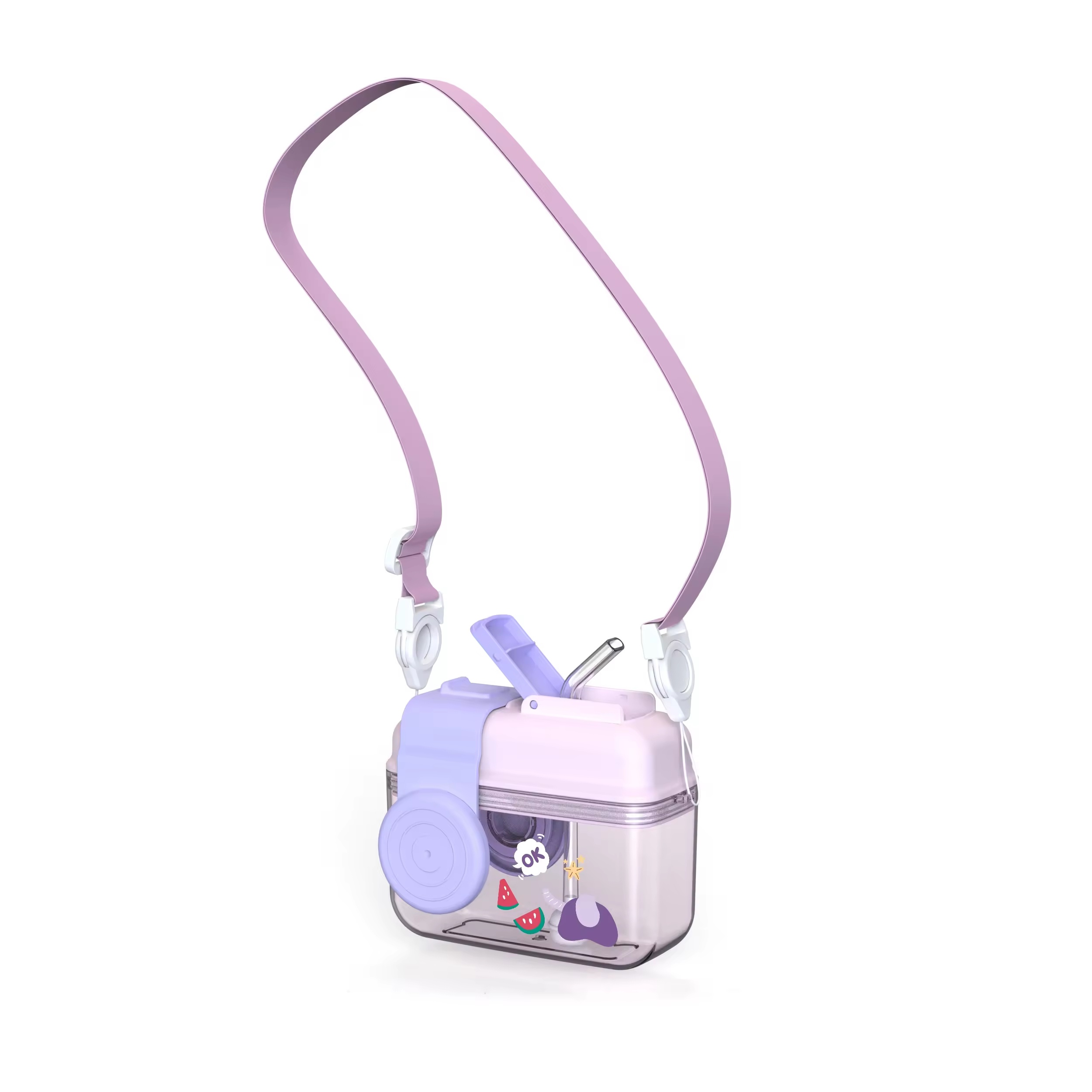What Materials Are Used in BPA-Free Lunch Boxes?
As a purchasing manager in the children's tableware industry, ensuring the safety of lunch box materials is paramount. I often encounter questions about BPA-free materials and their suitability for food contact use.
BPA-free[1] lunch boxes are typically made from materials like Tritan, polypropylene (PP)[2], and stainless steel, which are considered safe for food contact and free from harmful chemicals.
Understanding these materials helps in making informed decisions when selecting lunch boxes for children.
Are Tritan and PP Safe for Food Contact Use?
Ensuring the safety of materials like Tritan[3] and polypropylene (PP)[2] is crucial when selecting lunch boxes for children.
Both Tritan and PP are considered safe for food contact use, being BPA-free and compliant with food safety regulations.
Tritan
- BPA-Free: Tritan[^3] is a BPA-free copolyester, free from bisphenol S and other bisphenol compounds :contentReference[oaicite:0]{index=0}.
- Durability: It is known for its durability and resistance to odors and stains.
- Food Safety Compliance: Tritan[^3] complies with U.S. FDA food-grade certification :contentReference[oaicite:1]{index=1}.
Polypropylene (PP)
- BPA-Free: PP is a BPA-free plastic commonly used in food containers.
- Recycling Code: It is identified by recycling code "5", indicating its safety for food contact :contentReference[oaicite:2]{index=2}.
- Heat Resistance: PP has good heat resistance, making it suitable for microwave use.
Both materials are widely used in the production of BPA-free lunch boxes due to their safety and durability.
How to Confirm Lunch Box Materials Are BPA-Free?
Verifying that lunch boxes are BPA-free is essential for ensuring children's safety.
To confirm that lunch box materials are BPA-free, check for labels indicating "BPA-free," examine recycling codes, and consult manufacturer specifications.
Steps to Confirm BPA-Free Materials
- Look for Labels: Most products that are BPA-free[^1] will have labels stating "BPA-free" on the packaging :contentReference[oaicite:3]{index=3}.
- Check Recycling Codes: Turn the product over and look for the recycling triangle. A number "5" indicates PP, which is BPA-free. Be cautious with codes "3" and "7", as they may contain BPA unless labeled otherwise :contentReference[oaicite:4]{index=4}.
- Consult Manufacturer Specifications: Review the product details provided by the manufacturer to confirm the materials used.
By following these steps, you can ensure that the lunch boxes you select are free from BPA and safe for use.
What Certifications Prove Food-Grade Compliance?
Certifications provide assurance that lunch box materials meet safety standards.
Certifications such as FDA approval and compliance with food-grade standards indicate that lunch box materials are safe for food contact.
Common Certifications
| Certification | Description |
| FDA Approval | Indicates compliance with U.S. Food and Drug Administration standards for food contact materials. |
| LFGB Certification | A German standard ensuring materials are safe for food contact. |
| EU Regulation 10/2011 | European Union regulation for plastic materials intended to come into contact with food. |
These certifications demonstrate that the materials used in lunch boxes are tested and approved for safety in food contact applications.
Are Stainless Steel Lunch Boxes BPA-Free by Default?
Stainless steel is often considered a safe material for lunch boxes, but it's important to understand its properties.
Stainless steel lunch boxes are inherently BPA-free, as they do not contain plastic components that could leach BPA.
Benefits of Stainless Steel
- BPA-Free: Stainless steel does not contain BPA, making it a safe choice for food storage.
- Durability: It is resistant to corrosion and can withstand daily use.
- Eco-Friendly: Stainless steel is recyclable and has a lower environmental impact compared to plastic.
When selecting stainless steel lunch boxes, ensure that any additional components, such as lids or seals, are also BPA-free to maintain overall safety.
Conclusion
Selecting BPA-free lunch boxes made from safe materials like Tritan, PP, and stainless steel ensures the health and safety of children. Verifying labels, recycling codes, and certifications helps in making informed choices for food storage solutions.
[^1]: Exploring this resource will provide insights into the health benefits and safety of BPA-free materials, crucial for children's lunch boxes.
[^2]: Discover the safety features of polypropylene, a widely used material in food containers, ensuring safe lunch options for kids.
[^3]: This link will help you understand the safety and durability of Tritan, a popular choice for BPA-free lunch boxes.
 Managing Your Baby Feeding Tableware Supply Chain from China: How to Ensure Smooth Operations?
Managing Your Baby Feeding Tableware Supply Chain from China: How to Ensure Smooth Operations?
 Negotiating Costs for Baby Plates & Cutlery with Chinese Suppliers: How Can You Get the Best Deal?
Negotiating Costs for Baby Plates & Cutlery with Chinese Suppliers: How Can You Get the Best Deal?
 Importing FDA-Grade PP & Tritan Kids Cups from China?
Importing FDA-Grade PP & Tritan Kids Cups from China?
 What Design Features Make an IP-Themed Bowl Safe for Infants?
What Design Features Make an IP-Themed Bowl Safe for Infants?
